
The land of ZX80 clones is well populated. The first one I was aware of was made by Grant Searle in
the 90s. Grant spent many years reverse engineering classic Z80 based machines and also produced a 'make your own Jupiter Ace' page along
with his ZX80 replica. Grant's pages are the go-to place if you want to produce your own modern copy.
Over in the Czech Republic (as it was then) a bloke called Martin Lukášek produced a kit based on Grant's work (and presumably asked nicely)
then sold it on ebay for a very reasonable €80. Subsequently he's added the NMI modifications needed for ZX81 'slow' mode and a real-ish keyboard.
Last year (2016) Dave Curran up at Tynemouth Software started reworking the original ZX80 schematic and in January this year
launched the Minstrel, a ZX80 clone but in the form factor of the ZX81. Additions to the original were internal 16K RAM, composite video output for both
PAL and NTSC and jumper selectable ROMs thanks to externally accessible A13-A15 address lines for the necessary 27c512 EEPROM. This means
you can have several different ROM images present for instant access to the ZX80 ROM or a ZX81 ROM in 'fast' mode. A jumper also allows the display to be inverted for white-on-black as a default.
Dave's Minstrel doesn't include a keyboard but thankfully Rich Mellor at RWAP Software has been producing replica ZX81 keyboard
membranes for several years so that's an easy fix. In addition to this Nottingham based tinkerer Semachthemonkey has been producing his
modular Z80 based BASIC machine called the RC2014 for a while now and Dave has added its keyboard to the Minstrel roster.
Currently the bare Minstrel board costs £20 while a fully built machine in a custom sprayed ZX81 case with blue ZX80 keyboard overlay
is over £200. Looks the business too :)
Obviously I had to have a bare board so I could populate it with bits from my spares bins and at the same time try to make
it look a bit more 'vintage' by using ceramic decoupling capacitors. Naturally in the end it would've been cheaper to buy a complete
machine but where's the fun in that! Add a slightly modified perspex cover from an old Microsoft award as a base and I have a modern
equivalent of the machine that started me down this rocky road in the first place. Thanks Dave. I think :)
Pictures
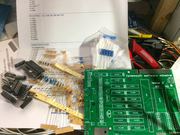 | 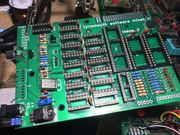 | 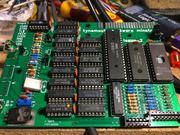 | 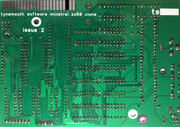 |
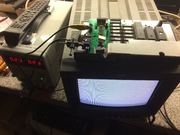 | 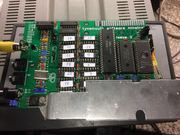 | 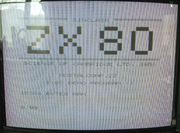 | 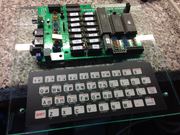 |
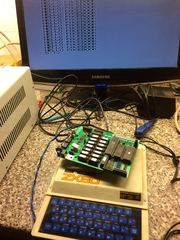 | 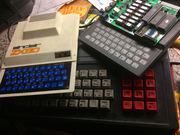 | 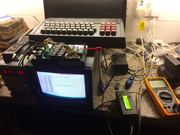 | 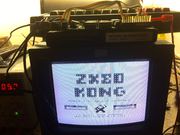 |
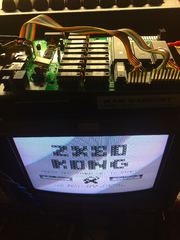 | 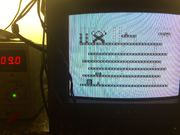 | 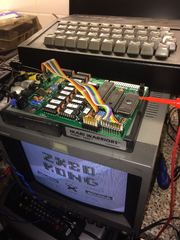 | 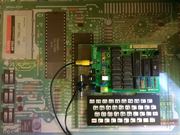 |
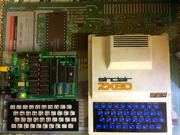 |  |  |  |
Links
Tynemouth Software Tindie Store
Grant Searle's ZX80 replica
Martin Lukášek's replica on Nostalcomp.cz
semachthemonkey's RC2014
Grant Searle's ZX80 replica
Martin Lukášek's replica on Nostalcomp.cz
semachthemonkey's RC2014